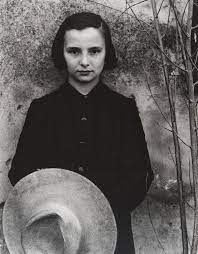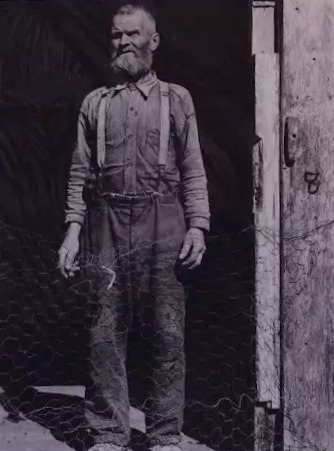1890 - 1976
Paul Strand, born in Brooklyn, was an American founding father of modernist photography whose work, equal parts elegant and experimental, came to be considered of great cultural and artistic value in the mid-twentieth century. Strand shot with an abstract eye, his urban landscapes catching stark shadows against vast architecture, such as in Wall Street (1915), depicting men heading to work outside the financial institute.
With New York undergoing significant social and visual change in the 1910s, Strand's street photography captured a country on the cusp of modernity. He preferred to capture his subjects unaware of the camera's presence, sometimes employing a trick for portraits with a false lens set at a particular angle. The real lens would thus find his subject looking in another direction entirely. In particular he specialised in photographing the working classes: washer women, apprentices, the blind.
Strand was also a filmmaker who began directing in the silent era, an enthusiastic Communist who moved in leftist circles, and an ardent publisher of photography books. He died in 1976. In 2023, Strand was exhibited at the Fondation Henri Cartier-Bresson in Paris. His work can be seen globally, from the National Gallery of Victoria in Melbourne to London's Victoria and Albert Museum.


